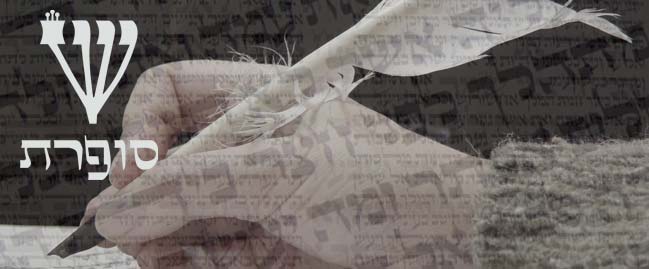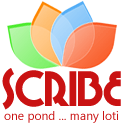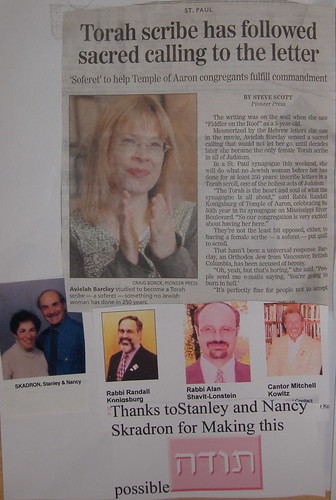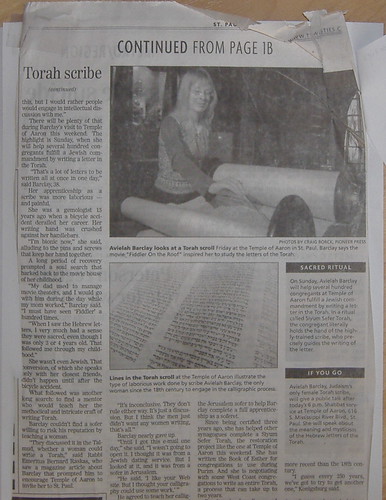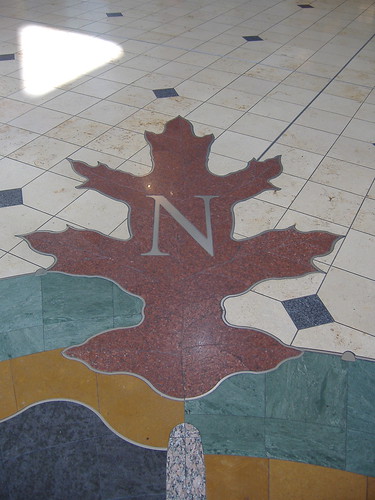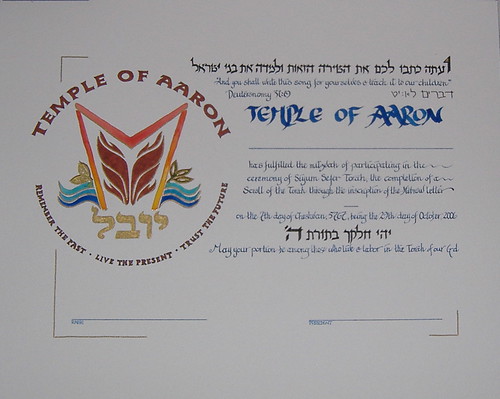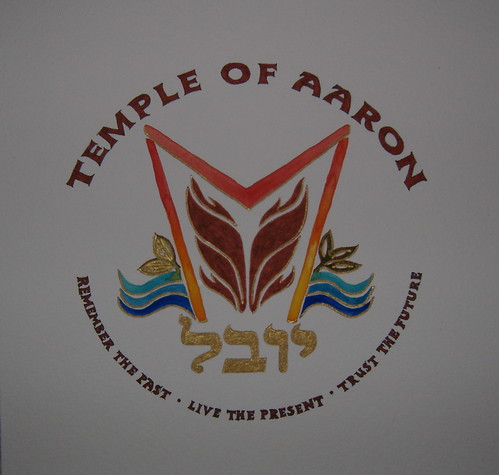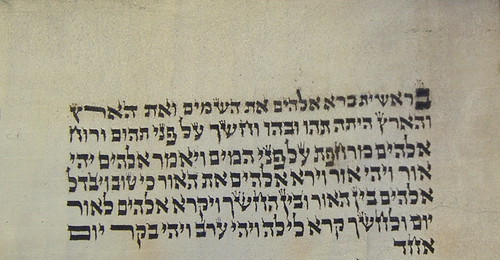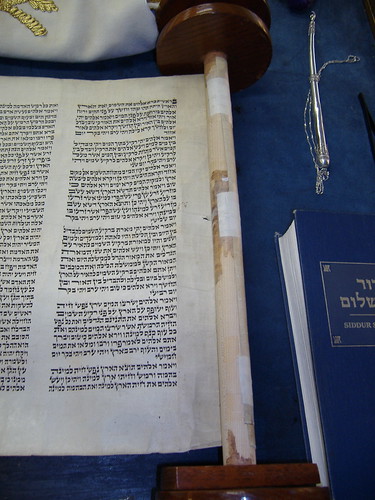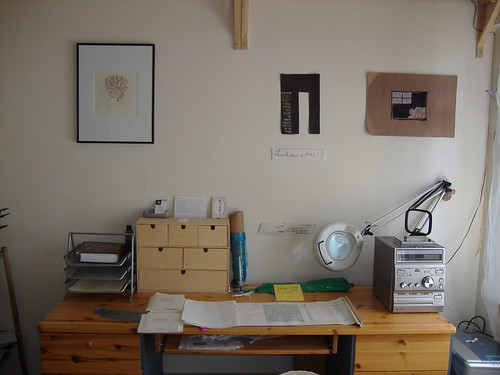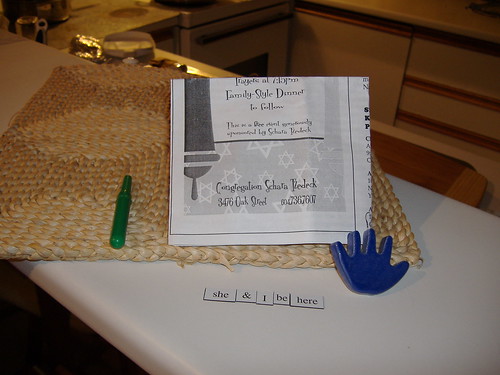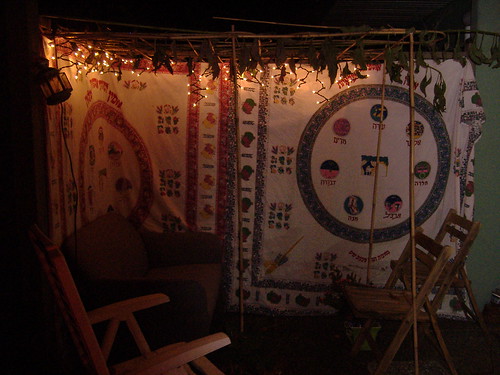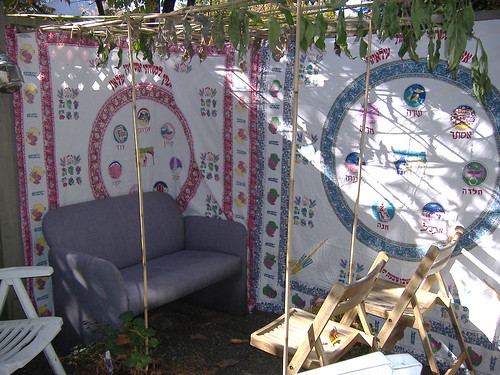RELATIVE RIGHTEOUSNESS
BS"D
A version of the d'var Torah I gave over last Shabbes in St Paul:
Parshat No'ach
B'reyshit/Genesis 6:9 states:
אֵלֶּה, תּוֹלְדֹת נֹחַ--נֹחַ אִישׁ צַדִּיק תָּמִים הָיָה, בְּדֹרֹתָיו: אֶת-הָאֱלֹהִים, הִתְהַלֶּךְ-נֹחַ.
Eyleh tol'dot No'ach -- No'ach ish tzadiq tamim hayah, be-dorotav; et-ha-El@him, hit'halekh-No'ach
These are the generations of No'ach. No'ach was a man righteous and whole-hearted in his generation; No'ach walked with G@d.
& then B'reyshit/Genesis 7:1 goes on to say:
וַיֹּאמֶר יְהוָה לְנֹחַ, בֹּא-אַתָּה וְכָל-בֵּיתְךָ אֶל-הַתֵּבָה: כִּי-אֹתְךָ רָאִיתִי צַדִּיק לְפָנַי, בַּדּוֹר הַזֶּה.
Va-yomer Y-H-V-H le-No'ach, bo-atah ve-khol beytekha el-ha-teyvah; ki otakh ra'iti tzadiq le-fanai ba-dor hazeh
& G@d said to No'ach: 'Come you & all your house into the ark; for you have I seen righteous before Me in this generation'.
Both times No'ach's righteousness is mentioned in the Torah, this quality is awarded him only in comparison to the common standard of times in which he lived. G@d judged No'ach's behaviour as higher than the staus quo. He was the best that G@d had to work with, & he "walked with G@d", but his righteousness was not absolute.
Lucky for the planet, No'ach was "good enough". G@d could say, "he'll do".
The name No'ach is spelled with 2 letters in Hebrew: Nun (נ) & Chet (ח). The word nach, from the same root, can mean "at rest", "to be settled", or..."quiescent". This may give us a clue as to why G@d considered No'ach not fully righteous, but relatively righteous. He did fulfill to the letter each comandment given by G@d; but no more. No'ach may have only performed the bare minimum of what was required of him.
Nun
The bent Nun, which begins his name, denotes reliability.
Sometimes our souls, our neshamahs, are withdrawn & resigned, in a state of contraction like the resting Nun, while at other times it is active and exuberant like the erect Nun. When someone is inactive and immobile, his/her soul lies fallow, but when this person feels vibrant and motivated, his/her neshamah draws itself up to its full height.
No'ach was truly the Nun at rest.
The name as well as the pictograph of the letter Nun means "fish". This is notable because of No'ach's survival of the deluge; &, like a tzadiq (righteous person), is associated with water. Our tradition tells us that when a righteous person dies without a perfectly clean slate & they still have a little bad karma - I'm paraphrasing here - to remedy, they are reincarnated as a fish. Why? Because fish are very quiet & lead calm lives in the most comfortable medium - water.
Comfortable. Settled. Like No'ach.
The letter Nun has a gematrial value of 50. A word which also has a value of 50 is spelled Alef-Tet-Mem Sofit (אטם). If pronounced atam, this letter combination means "seal" or "shut" - filled up. If pronounced iteym, the meanins shifts to "sealed" or "water-tight". Etem is a seal or gasket.
Chet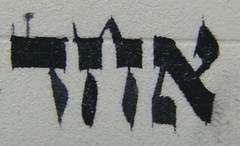
This is one of the words I wrote in a Sefer Torah. The middle letter is Chet, the way my sofer taught me to shape it.
The letter Chet's name reminds us of the word chatoteret, a hump or hunchback. Indeed, when Chet is written in an Ashkenazi/European Sefer Torah, it consists of two Zayins - or a Zayin (ז) & a Vav (ו), depending on the philosophical leanings of the scribe - joined by a peaked roof. This is where Chet gets its name, from chat - "distorted" or "curved". This is also where we get the words chatah & cheyt from - sin, transgression, miss, fail. When we don't shoot straight in our lives, we fall.
Our Sages draw a lesson from this construction; when one observes two people fighting, whether using verbal or actual weapons (Zayins) against each other, spare no effort to build a bridge and bring them together so they may join once again in friendship (Krias HaTorah).
Another flourish on this letter shows us the Zayin (bride) & her Vav (groom) held high on chairs in celebration of their wedding, the only bridge connecting them a hanky :)
The numerological value of the letter Chet is 8. Going beyond seven, the Shabbat, the number eight represents our ability to transcend our physical limitations. Eight symbolizes the metaphysical, the entrance of the Divine into our lives.
No'ach's name bears the gematria of 58 - which is the same as that of cheyn, grace. So much as this man may have helped save the inhabitants of the world from total destruction by doing as little as possible, he did, in the end, walk with G@d.
Technorati tags: religion, religion and philosophy, Judaism, Jew, Jews, Jewish, Torah, Canada, Canadian, journal, weblog, blog, diary, soferet, sofrut, safrut, scribe, art, thoughts, stam, feminism, ritual, women, woman, life, sofer, Technorati.
